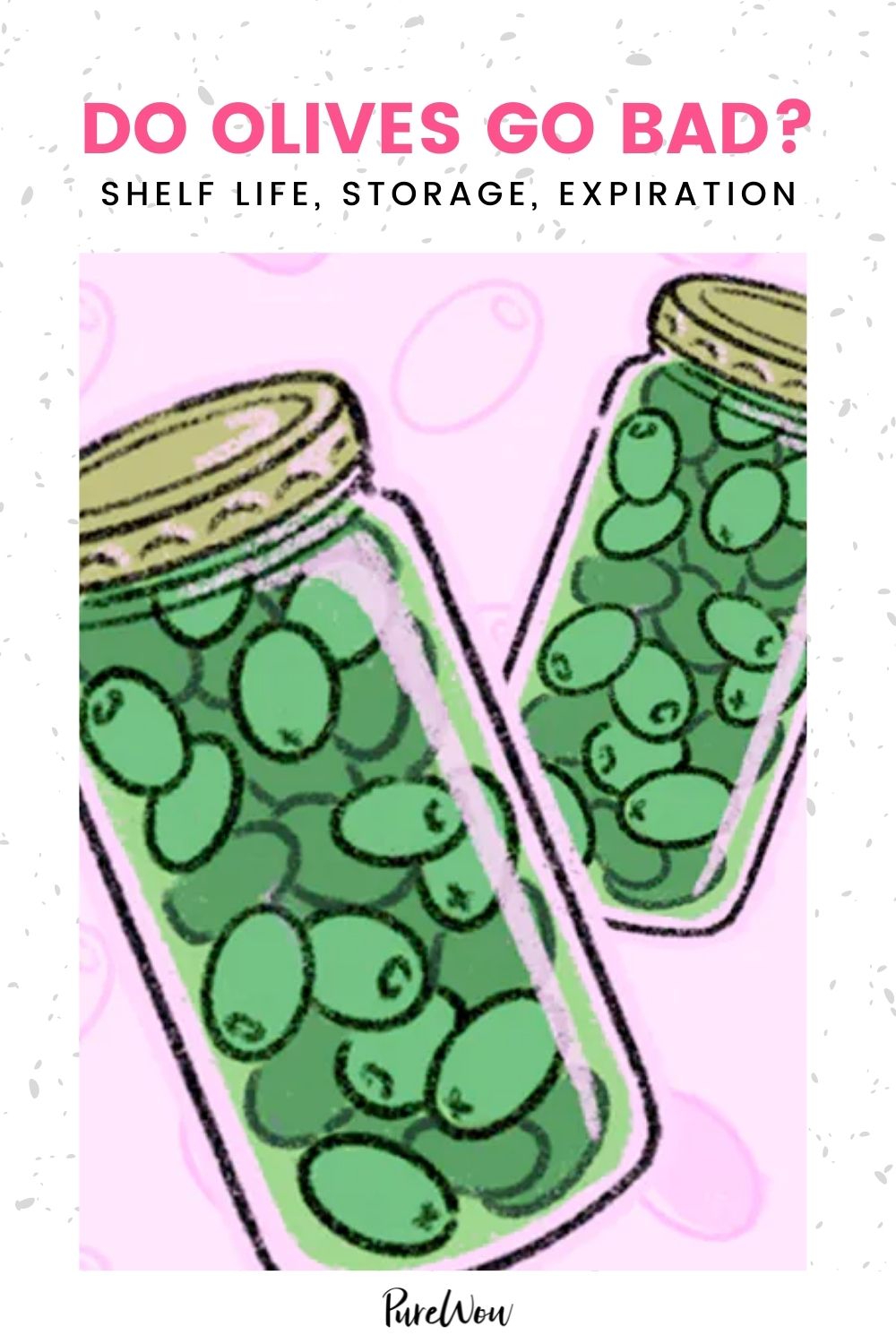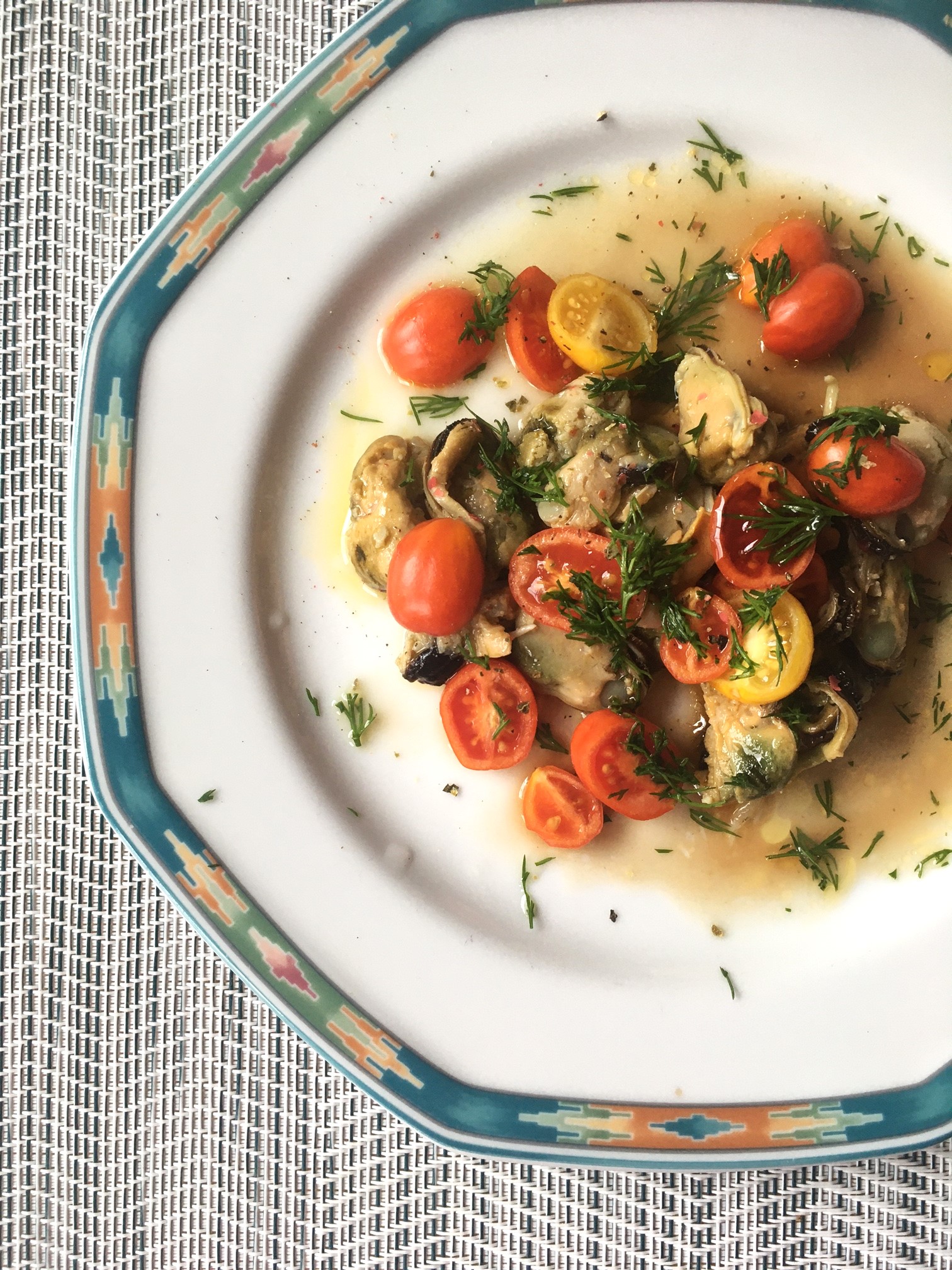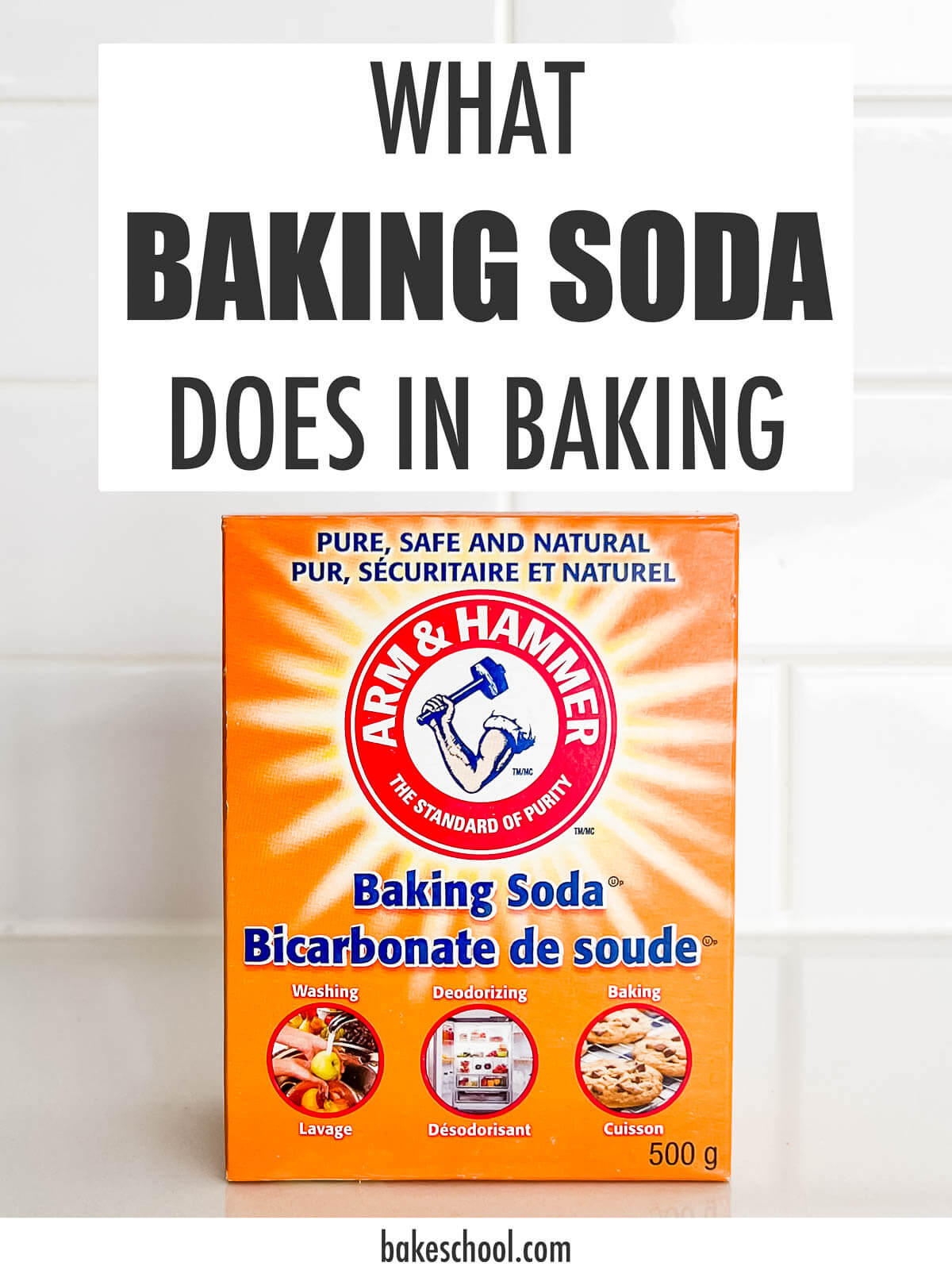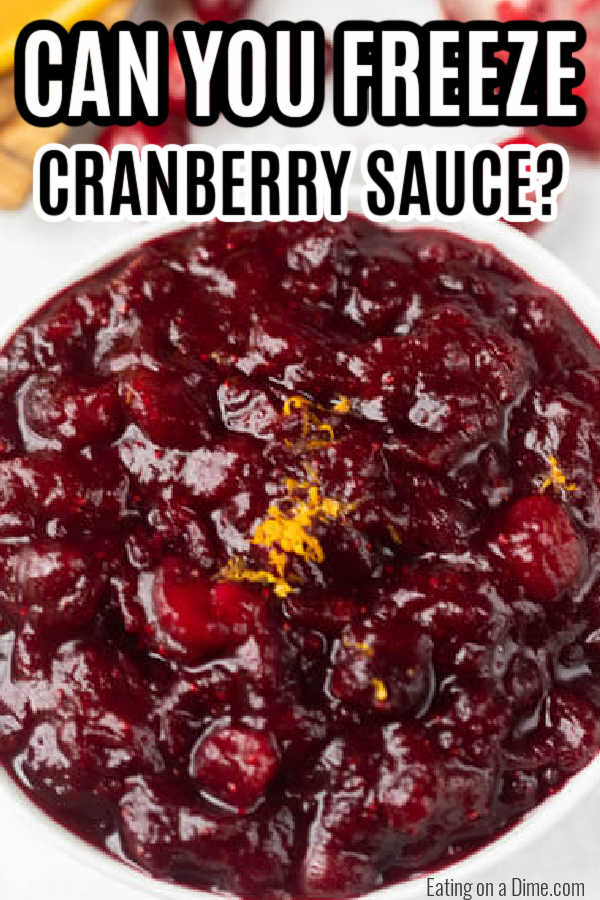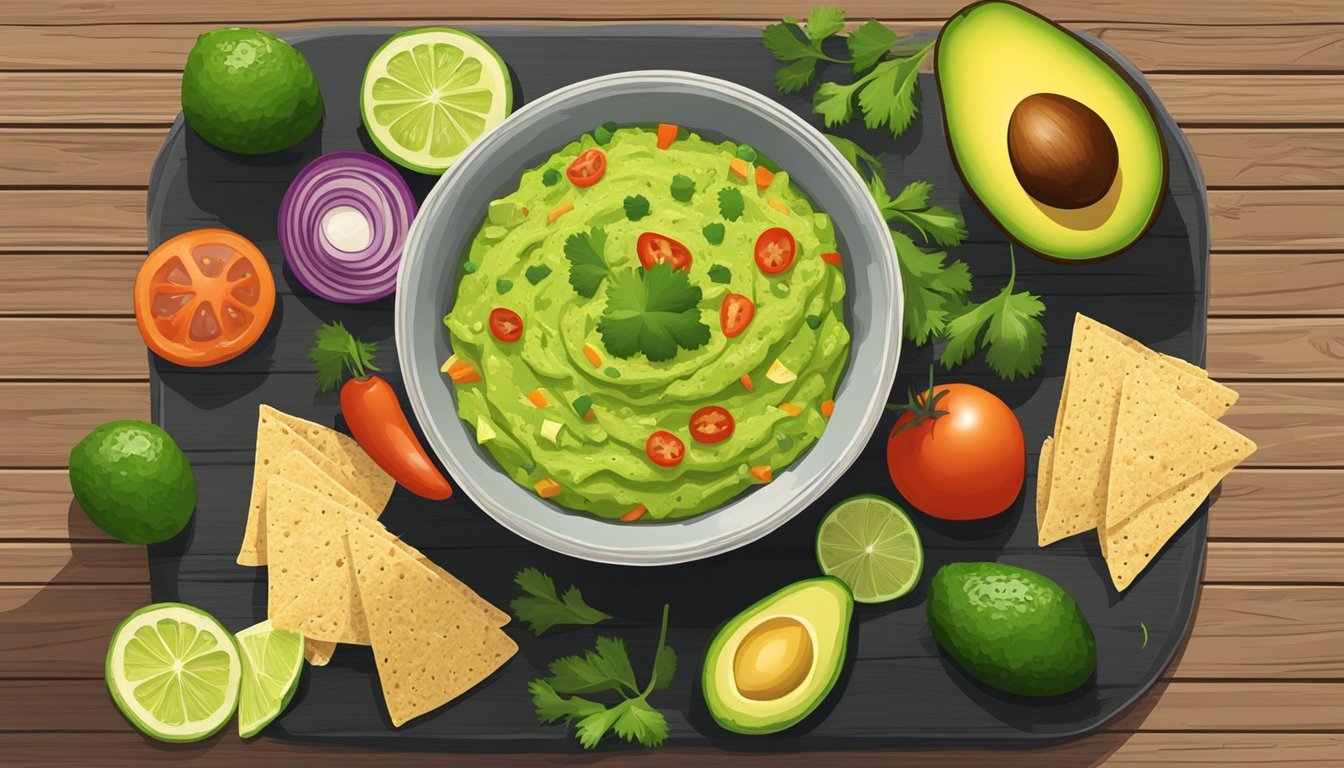The Best Oranges for Juicing: Maximizing Nutrition
– Valencia oranges are the most commercially used oranges for juicing due to their availability outside of the typical citrus season, low cost, delicious flavor, and easily removable peels.
– Navel oranges are a sweet and seedless variety often used to balance out the tartness of other oranges. They are widely available and reasonably priced throughout the U.S. but should be frozen to prevent the juice from turning bitter when exposed to oxygen for too long due to their high limonin presence.
– Blood oranges have a deep, rich color and yield more juice than regular oranges. They are tart and sweet with a slightly bitter aftertaste. They are a source of vitamin C, fiber, and antioxidants.
– Cara Cara oranges provide a sweet yet tangy flavor with a berry-like taste. They are free of sodium, fats, and cholesterol and are a good source of folate. They have a visually appealing pinkish-red color.
– Hamlin oranges are an excellent choice for juicing due to their high juice content, seedlessness, balanced flavor, easy-to-peel skin, and wide availability. They are juicy and sweet with low acidity, making them suitable for those sensitive to acidic foods. They are generally available from early fall to early spring.





